Firefighters Green Field Blouse
CATEGORY: Version
SKU: 74.GOR.02.01.003.000
Estimated market value:
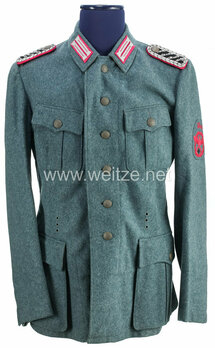
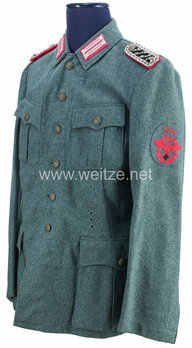
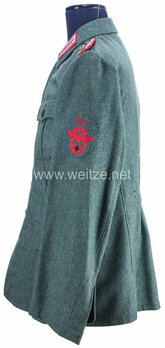
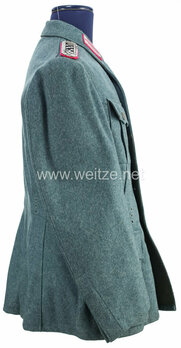
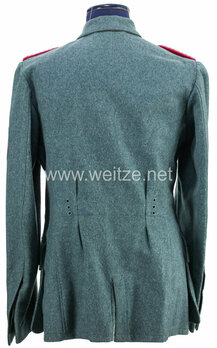
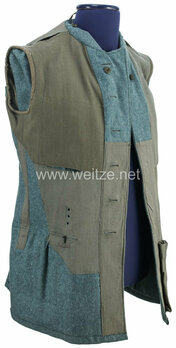
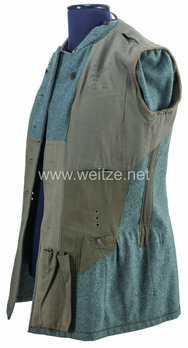
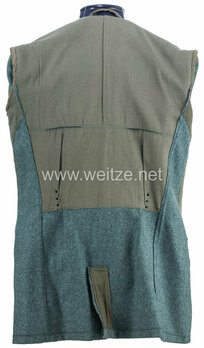
Estimated market value:
Before the NSDAP’s rise to power in 1933, firefighters and their regulations were overseen by the individual German states. Fire services were more or less run by the communities as they saw fit. Larger towns and cities featured professional fire services (Berufsfeuerwehr), while rural areas featured volunteer fire services (Freiwillige Feuerwehr).
Under Third Reich rule, fire services were to be unified on a national level and therefore placed under the control of the German Police. National socialist doctrine was infused and the fire services militarised in preparation for war and the anticipated bombing of German cities.
Between 1933 and 1938, the professional fire service was referred to as “Feuerlöschpolizei” (fire extinguishing police), while between 1938 and 1945, they were referred to as “Feuerschutzpolizei” (fire protection police) as a subdivision of the German Police.
Volunteer firefighters were classified as part of the Hilfspolizei (police auxiliary forces).
Firefighter uniforms had generally been made of dark blue material, predominantly in Prussia. This colour was still used during the 1930s, but then changed in 1939 when members of the professional fire service received a green uniform similar to that of the German Police. The uniform garments featured carmine piping and initially black, later dark brown (as of September 1942) collars, cuffs, and cap bands as identifiers. However, volunteer firefighters kept wearing dark blue uniforms with carmine piping until the end of the war.
The field blouse replaced the tunic for active duty in 1942/43, as the tunic was too formal and restrictive for field duty. The blouse was worn open at the neck. It features four, sometimes five buttons at the front. The cuffs are in the same colour as the rest of the tunic and split down the seams, which made it possible to roll them up. Contrary to the tunic, the field blouse doesn’t feature any piping with the exception of the shoulder boards. It was worn without collar tabs. Instead, it had “Litzen” with green centre stripes and without cloth backing sewn directly to the collars.

Comments
Sign in to comment and reply.


Scroll Top